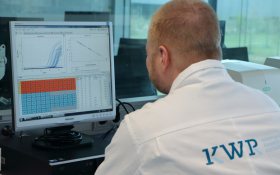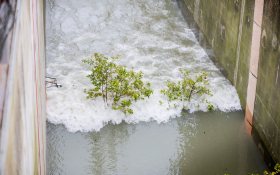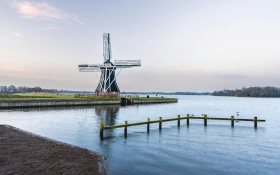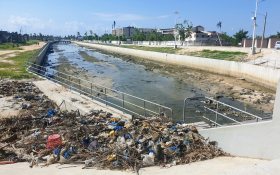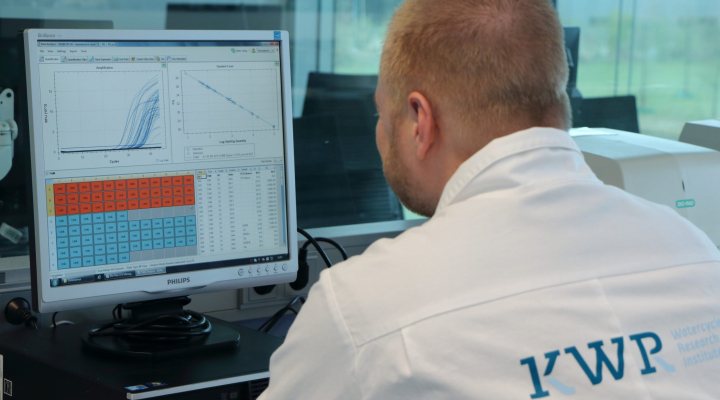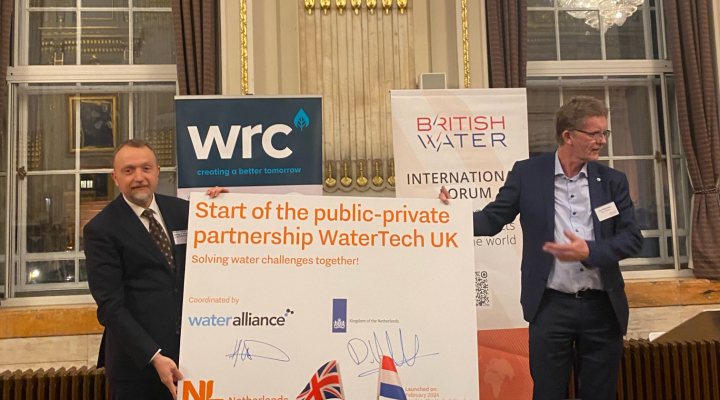
First plastics finally picked up in Pacific by The Ocean Cleanup
Since the launch of his idea in 2012 former student at the Delft University of technology Boyan Slat has been working around the clock to develop a system to collect plastic waste from the Pacific garbage patch. On 2 October Slat officially announced that his non-profit organisation The Ocean Cleanup is now fully capturing and collecting plastic debris.


Testing in high seas
According to Slat the current prototype system 001/B is now successfully capturing and collecting plainly visible pieces of plastic debris, as well as much larger ghost nets associated with commercial fishing. The system has surprisingly also captured micro plastics as small as 1mm.
Launched from Vancouver in June, System 001/B is The Ocean Cleanup’s second attempt to prove its concept of collecting garbage from the Great Pacific Garbage Patch, the largest accumulation zone of plastic in the world’s oceans.
‘After beginning this journey seven years ago’, said Slat, ‘this first year of testing in the unforgiving environment of the high seas strongly indicates that our vision is attainable and that the beginning of our mission to rid the ocean of plastic garbage, which has accumulated for decades, is within reach.’


Parachute sea anchor
The aim of System 001/B was to trial modifications to be able to correct the drift of the U-shaped floating barrier that traps the plastics. This is made possible with a parachute sea anchor, allowing for faster-moving plastic debris to float into the system. But still one problem remained. The collected plastic overtopped the under screen that is attached to a floating cork line. By extending the cork line the final design problem has now also been solved.
Next step: full scale
‘The mission continues’, said Slat and he announced the development of a full scale system. ‘Despite the early success of System 001/B, there is still much work to do. With new learnings and experience derived from the successful deployment of System 001/B, The Ocean Cleanup will now begin to design its full scale System 002 that is able to both endure and retain the collected plastic for long periods of time’.
